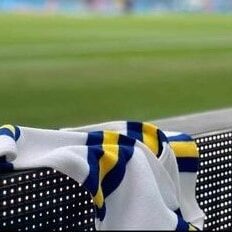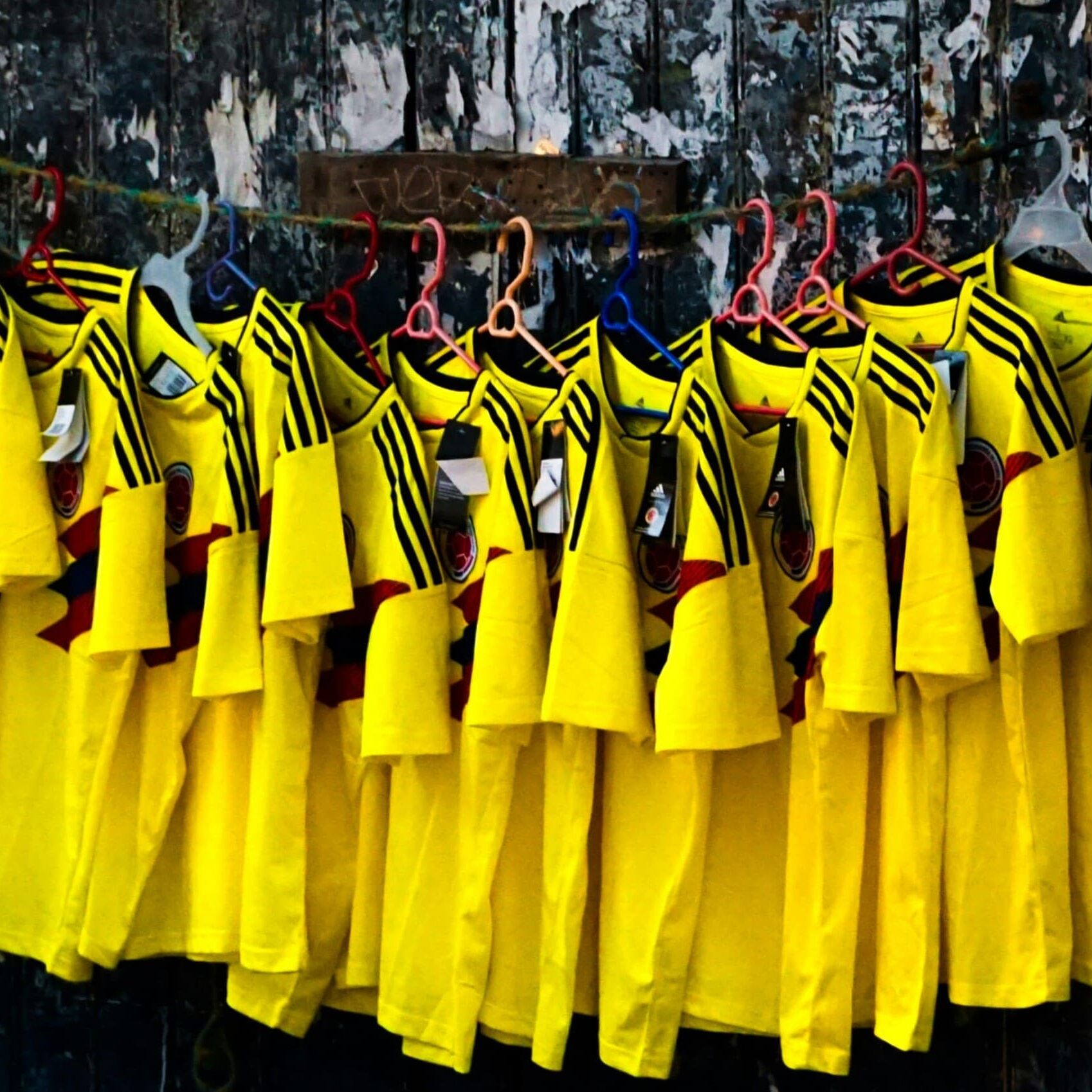
From Scarves to Streetwear: The Evolution of Football Fan Fashion
Football, or soccer as it's known in some parts of the world, has long been more than just a sport; it’s a culture, a religion, and for many, a way of life. Integral to this culture is the fashion of the fans, a sartorial expression of allegiance, identity, and passion that has evolved dramatically over the decades. From the simple scarves of the early 20th century to the contemporary streetwear-inspired looks, football fan fashion tells a story of changing times, societal influences, and the commercialization of the game.

The Early Days: Scarves and Simplicity
In the early 1900s, football was a burgeoning sport with growing popularity. Fans’ fashion was practical and understated. Woollen scarves in team colours were among the earliest and most iconic pieces of fan gear. These scarves, often handmade, were essential for keeping warm during the chilly English winters where many of the top clubs were based. Paired with flat caps and heavy overcoats, this look was both functional and a subtle nod to one’s team.

The 1960s and 1970s: The Rise of the Replica Kit
The post-war era brought significant changes, both socially and in football. As television began broadcasting matches, the sport’s popularity surged, and with it came a demand for more recognizable fan apparel. The 1960s saw the introduction of the replica kit, allowing fans to wear the same shirts as their favourite players. This era was marked by simple designs, often just a team’s colours and a badge, but it was revolutionary. The 1970s continued this trend, with polyester replacing wool and more teams adopting distinctive, branded kits.
The 1980s: Casual Culture
The 1980s introduced a more rebellious and distinctive fashion: the football casual. Originating in the UK, this subculture was characterised by designer sportswear, such as tracksuits, trainers, and branded clothing from labels like Stone Island, Fred Perry, and Adidas. The casual look was about more than just supporting a team; it was about looking stylish and standing out. This era also saw the rise of hooliganism, with fashion playing a role in the identity of these groups.
The 1990s: Commercialization and the Global Influence
Football's global reach expanded exponentially in the 1990s, largely due to the advent of the Premier League and international tournaments being broadcast worldwide. This decade saw the commercialization of fan fashion. Major sports brands like Nike, Adidas, and Puma began signing lucrative deals with clubs, resulting in more sophisticated and stylish kits. Replica shirts became mainstream, worn not just to matches but as everyday attire. This period also introduced the concept of the third kit, offering fans more options and increasing sales.

